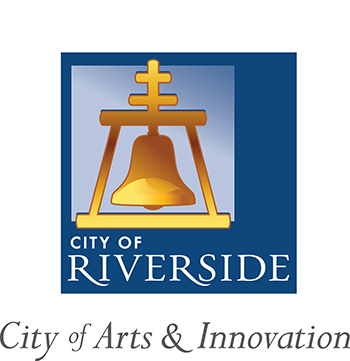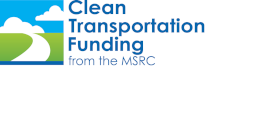 The City of Riverside partnered with the cities of Corona and Moreno Valley and Riverside County to improve the quality of life for Inland Empire residents by coordinating and synchronizing traffic signals along several major arterials to keep traffic moving. Fewer starts and stops means less congestion and less idling, which helps improve air quality, while helping drivers save time and money. Drivers using these improved corridors will save between seven to ten minutes in their daily commute. Shorter commutes, less stop-and-go driving, and less fuel use also will also mean less wear and tear on vehicles.
The City of Riverside partnered with the cities of Corona and Moreno Valley and Riverside County to improve the quality of life for Inland Empire residents by coordinating and synchronizing traffic signals along several major arterials to keep traffic moving. Fewer starts and stops means less congestion and less idling, which helps improve air quality, while helping drivers save time and money. Drivers using these improved corridors will save between seven to ten minutes in their daily commute. Shorter commutes, less stop-and-go driving, and less fuel use also will also mean less wear and tear on vehicles.
Traffic signal coordination and synchronization is a time-tested transportation demand management strategy that optimizes the operations of signalized intersections through a variety of low-cost improvements, including the development and implementation of new signal timing plans, optimizing phasing sequences, improved control strategies and, in some cases, performing minor roadway improvements. Implementing new signal timing plans enables municipalities to allow for response to peak traffic volumes, accommodate more demand due to large special events, and react to unexpected incidents like accidents.
The City of Riverside was the lead for these projects since the city is central to these three arterials. With the help of more than $315,000 in Clean Transportation Funding from the MSRC, these jurisdictions were able to install real-time roadway monitoring equipment, develop coordinating timing plans, install count stations to sample traffic volumes and establish communication links between the traffic management centers of Riverside, the other partners, and Caltrans.
Inter-agency cooperation was key to the success of these projects. “For the driver going down the road, they don’t see jurisdictional lines - they just want to get to their destination quickly,” said Steve Libring, City Traffic Engineer for the City of Riverside. “By working together under a grant like this, everyone buys into what is best for the whole corridor.”
The City of Riverside’s project with the County involved synching up 48 traffic signals along a 12.6-mile segment of Van Buren Boulevard and a 2.1-mile segment of Trautwein Road. These roadways carry more than 85,000 vehicles each day. This project is expected to reduce air pollutants from vehicles by 5 percent and save more than 250,000 gallons of gasoline annually.
The City partnered with Corona to synch 76 traffic signals along a 17.8-mile stretch of Market Street, Magnolia Avenue and Sixth Street, which handles about 65,000 motorists each day. This project will reduce pollutants by 4 percent and save more than 126,000 gallons of fuel each year.
Riverside and the City of Moreno Valley synched 35 traffic signals on a 9.3-mile segment of Alessandro Boulevard/Central Avenue. This thoroughfare carries nearly 65,000 motorists each day. Pollutants are expected to be reduced by 6 percent, with a fuel savings of 147,000 gallons annually.
The City hasn’t had much feedback from drivers, but according to Steve, that’s a good thing. “We go with ‘no news is good news.’ Usually in the traffic world, when you don’t get a lot of feedback, you know you’re doing something right because as soon as there is a problem, people immediately call us.”
The project partners were able to see the benefits of these projects immediately. In addition to improving local residents’ health with better air quality, re-timing the signals has improved drivers’ safety as well. “With better timed signals, drivers get used to the fact that if they just drive the speed limit, the lights are set to reward them and give them a green light all the way - they can cruise through at a nice, safe speed,” Steve noted. “It helps reduce some of the aggressive driving and with aggressive driving - all the accelerating and slamming on the brakes - drivers waste a lot of gas. We calculated about a 25 percent reduction in stops and, with less stops, the amount of broadside accidents and red light-running is reduced.”
Steve said that the City most definitely would apply for traffic signal synchronization grants in the future. “We hope that the MSRC continues to provide funding to do more signal synchronization projects because you get the biggest return for the smallest amount of money invested,” Steve explained. “The cities are all experiencing a downturn in funding so any source of outside funding is really welcome. Agencies, like those who partnered on this project, can really see their dollars go further. Plus, we estimate that over three years drivers will save about $4 million, and this is on less than half-a-million invested, so it’s a great return on funds.”
